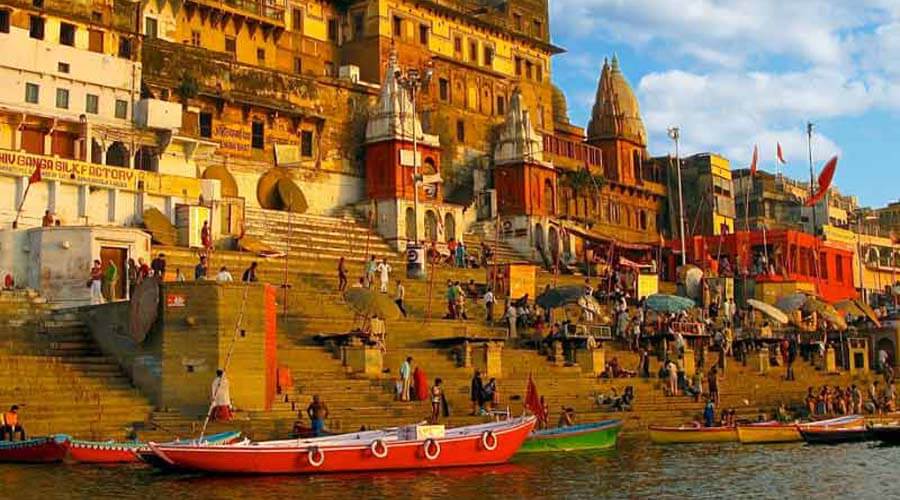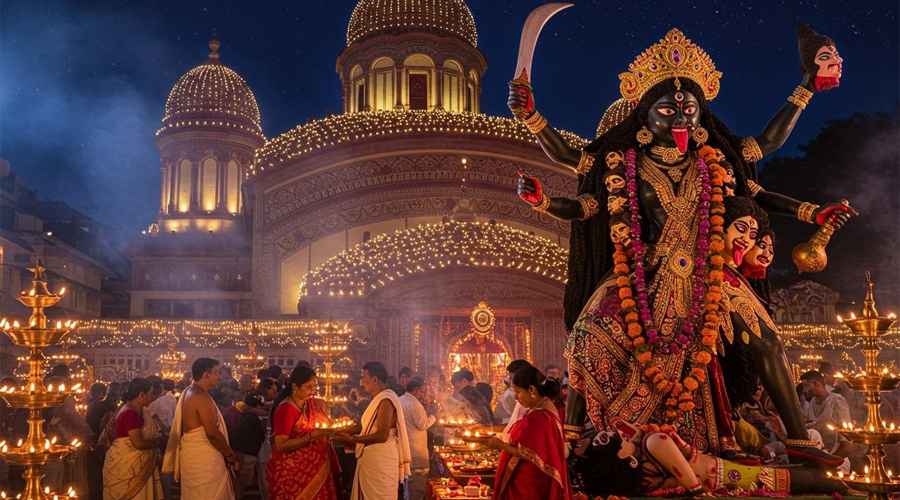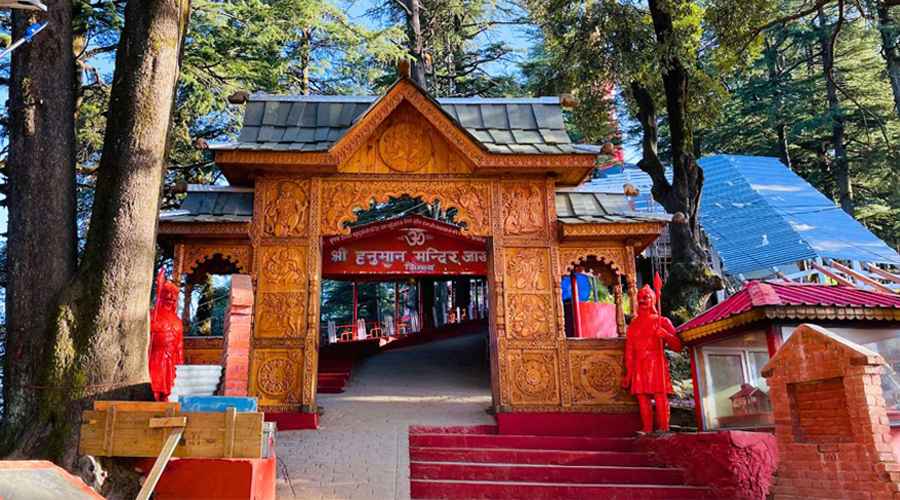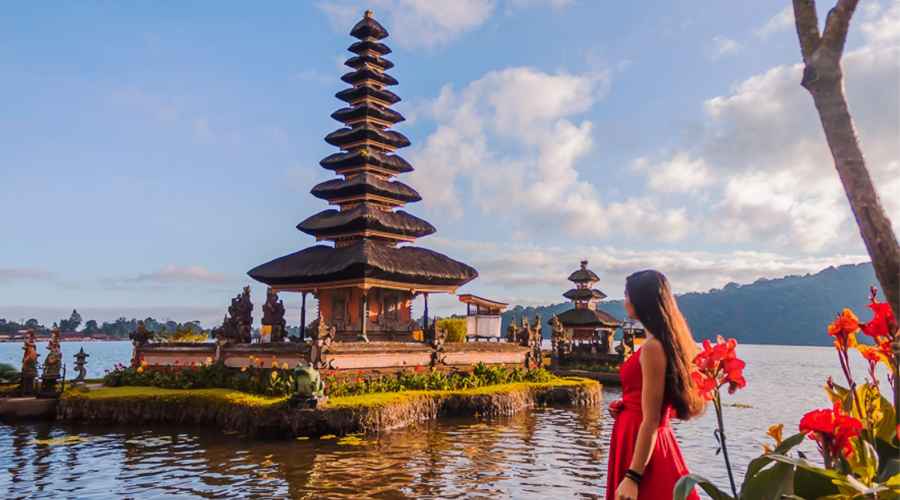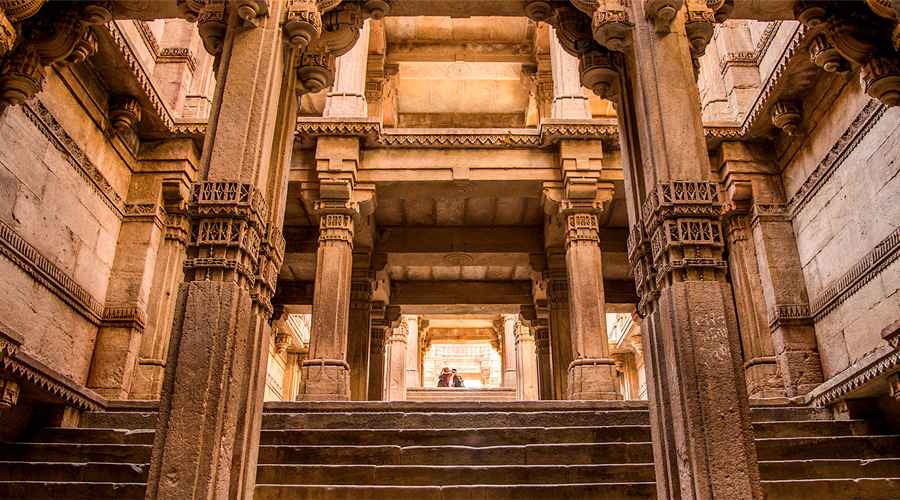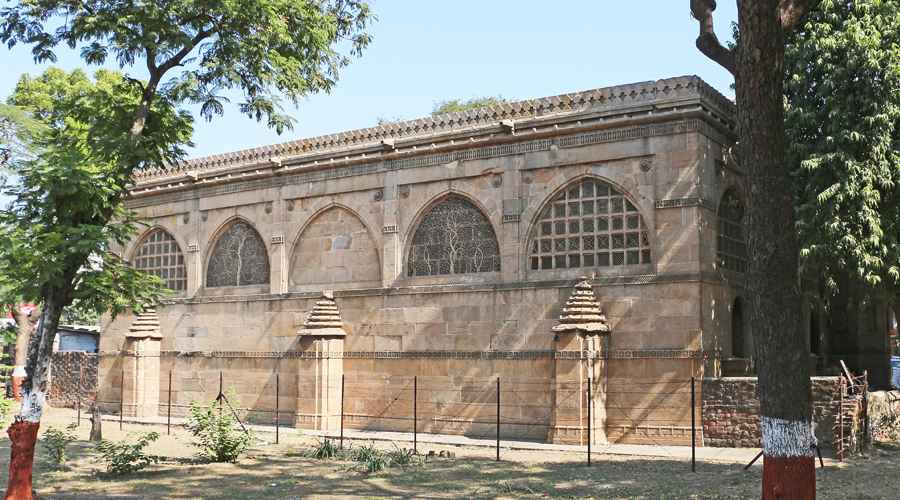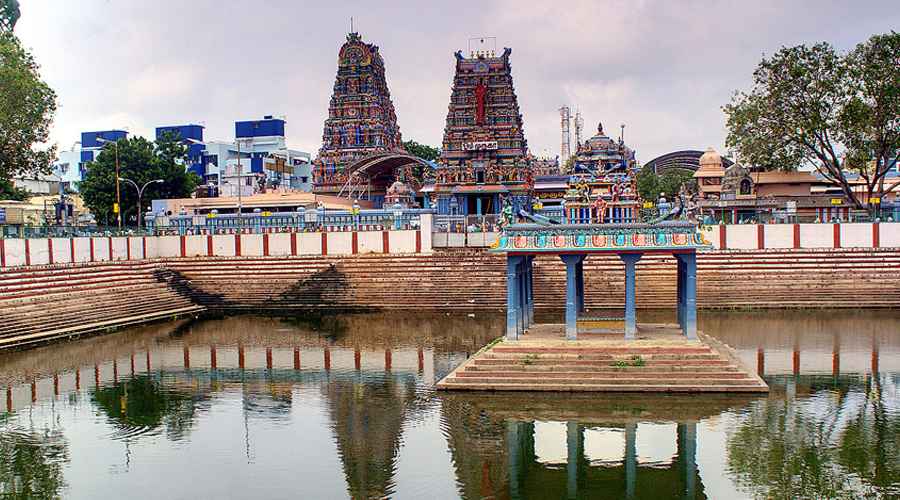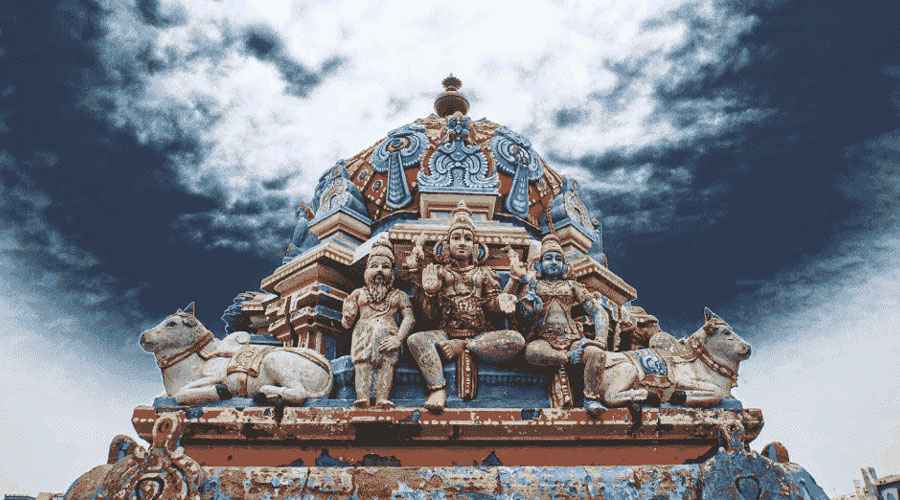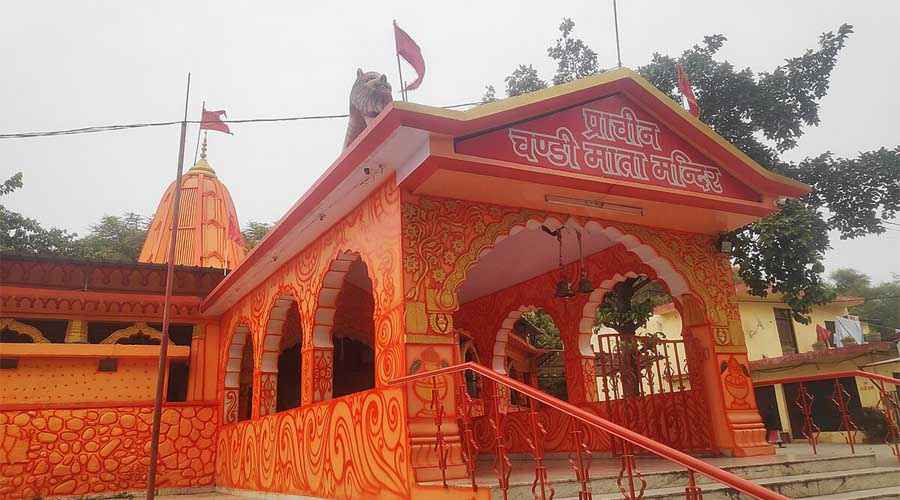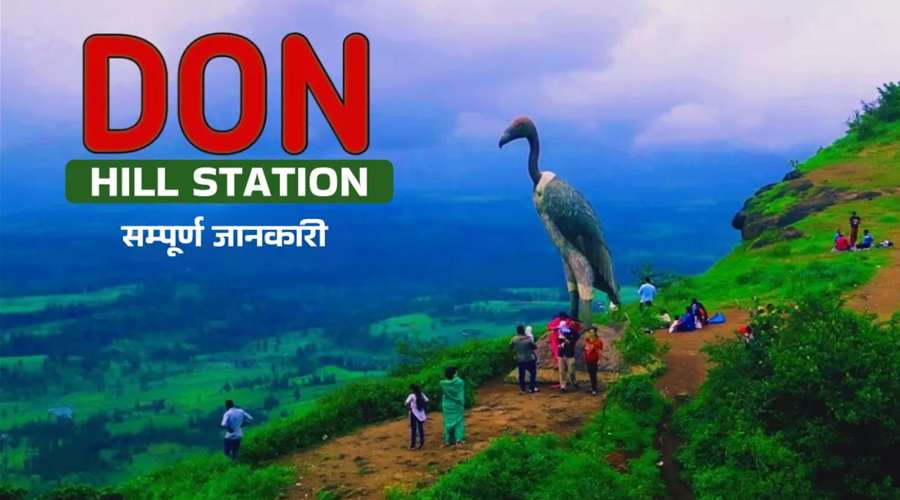Varanasi, the spiritual capital of India, is home to more than eighty ghats that line the banks of the sacred River Ganga. Among these, Assi Ghat holds a special place, not only because of its size and popularity but also due to the deep cultural, historical, and spiritual significance it carries. For pilgrims, seekers, scholars, and travelers alike, Assi Ghat is more than just a riverside step; it is a melting pot of faith, philosophy, tradition, and community life.
The Spiritual Significance of Assi Ghat
Assi Ghat lies at the southernmost end of Varanasi, where the Ganga meets Assi river (a now seasonal rivulet), giving the ghat its name. According to ancient belief, this confluence has been sacred for centuries. Hindu scriptures mention that Lord Shiva, after slaying Shumbha-Nishumbha demons, threw his sword in this river channel, sanctifying the land. Ever since, Assi Ghat has been considered an auspicious space for purification rituals, prayers, and spiritual awakening.
It is said that merely taking a dip at Assi Ghat is equivalent to earning blessings from all holy pilgrimages. For devotees, especially those visiting during special Hindu festivals or solar eclipses, bathing here is an act of cleansing both body and soul. Pilgrims also perform ‘pind daan’ rituals here to pay homage to their ancestors, believing the prayers bring peace to departed souls.
A Hub of Cultural Vibrancy
Unlike many other ghats that primarily remain ritual-centric, Assi Ghat has evolved into a lively cultural hub. The ghat is a magnet for intellectuals, students, musicians, and artists from India and around the world. It is closely associated with the Banaras Hindu University (BHU), located nearby, which has nurtured a long connection between academic pursuits and the spiritual energy of this riverside space.
Assi Ghat has always found a place in literature, folklore, and art. Many travelers have described its bustling atmosphere where one can hear the chanting of mantras blending seamlessly with the strumming of sitars and the soft laughter of young students. Writers like Mark Twain, who admired Varanasi’s ancient charm, and Indian authors such as Kashi Prasad Jaiswal and Acharya Hazari Prasad Dwivedi, often highlighted the charm of Assi Ghat in their works.
Cultural performances, classical music concerts, yoga sessions, and poetry recitals frequently take place here, giving it a cosmopolitan yet rooted character. It is not just a spiritual site but also a living, breathing space where tradition and modernity co-exist harmoniously.
Dawn at Assi Ghat – A Spiritual Experience
One of the most mesmerizing moments at Assi Ghat is witnessing daybreak. As the eastern horizon glows with the first rays of the sun, devotees gather for the sacred Ganga Aarti. The sound of conch shells, ringing bells, and rhythmic chants fill the air, creating an atmosphere that feels almost transcendental. The early morning dip in the holy waters, locals practicing yoga on the ghats, and the fragrance of flowers and incense sticks contribute to the serene environment.
The Government of Uttar Pradesh and tourism initiatives have further enriched this experience with the “Subah-e-Banaras” program. This daily event includes traditional music, Vedic chants, yoga sessions, and cultural performances at sunrise. For travelers, it offers a glimpse of Varanasi’s lifestyle in its purest and most spiritual form.
Festivals and Celebrations
Festivals breathe a unique energy into Assi Ghat. During Dev Deepawali, the ghat is illuminated with thousands of diyas (earthen lamps), turning the entire stretch into a golden spectacle reflected in the Ganges. The festival attracts thousands of visitors who gather to witness the divine blend of light and water.
On Maha Shivratri, Assi Ghat becomes a focal point because of its deep association with Lord Shiva. Similarly, during Holi, the ghat resonates with colors, music, and joyful gatherings, reflecting the festive vibrancy of Varanasi. International travelers, students, and locals come together, transforming Assi Ghat into a stage for cultural confluence.
A Meeting Point for Travelers and Seekers
Today, Assi Ghat has also become a favorite spot for international backpackers and yoga enthusiasts. Many guesthouses, cafes, and cultural centers around the ghat host foreign visitors who come to experience Indian spirituality, practice yoga, or simply absorb the atmosphere. The ghat reflects a beautiful coexistence of locals engaged in traditional rituals and tourists discovering India’s heritage.
Travelers often describe Assi Ghat as a place where one can sit for hours simply observing life—the boatmen ferrying pilgrims across the river, ascetics meditating in silence, street vendors selling flowers and lamps for ritual offerings, and children playing or learning music on the steps. It is a microcosm of Varanasi itself, where life and death, old and new, faith and curiosity meet at one place.
Evening Ganga Aarti – A Breathtaking Ritual
If morning at Assi Ghat is serene, evenings are nothing short of divine. The evening Ganga Aarti performed by young priests dressed in traditional attire is a captivating ritual. With lamps raised in synchronized motions, chants echoing in the background, and the fragrance of incense filling the air, the experience leaves a lasting impression on everyone present. Unlike the grand but crowded Aarti at Dashashwamedh Ghat, the Assi Ghat Aarti feels more intimate, allowing visitors to connect deeply with the ritual.
Watching the reflection of oil lamps in the gentle waters of the Ganga while boats float silently nearby creates a surreal ambiance that many describe as “out of time.”
Modern Identity with Ancient Soul
Even amidst the modernization of Varanasi, Assi Ghat has preserved its essence. The cafes around the ghat serve international cuisines, appealing to the traveler community, while local sweet shops and tea stalls provide the authentic flavors of Kashi. The fusion of heritage and convenience makes the ghat an accessible yet spiritually uplifting destination.
Moreover, conservation and cleanliness drives over the last decade have improved the conditions at Assi Ghat, making it more welcoming for visitors. Its role as the southern anchor ghat also means it remains slightly less chaotic than the crowded central ghats, giving space for deeper reflection.
Conclusion
Assi Ghat is not merely a landmark of Varanasi, but a testimony to the city’s eternal spirit. It embodies the convergence of sacred traditions, intellectual pursuits, artistic expression, and daily life by the banks of the Ganga. Whether it is the break of dawn, the chants of evening prayers, or the vibrant chatter of locals and travelers, Assi Ghat stands as a symbol of the timeless charm of Varanasi.
To sit on its steps, watching the sacred river flow endlessly, is to understand why Varanasi is called the city of life and death—the city that refuses to fade with time. Assi Ghat, in its essence, reminds us that faith and culture are not just preserved in temples or shrines but also in shared spaces where humanity gathers at the edge of eternity.
